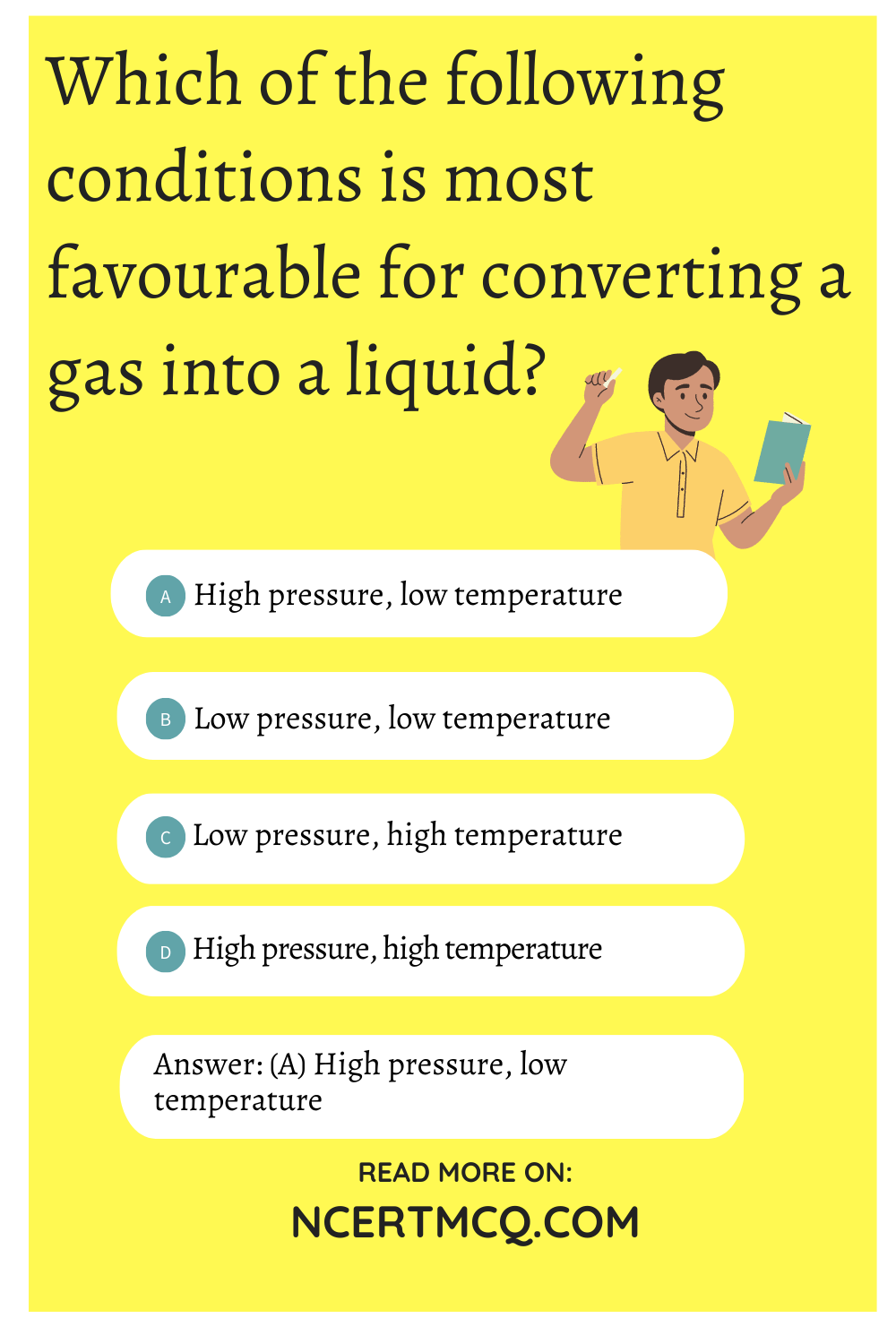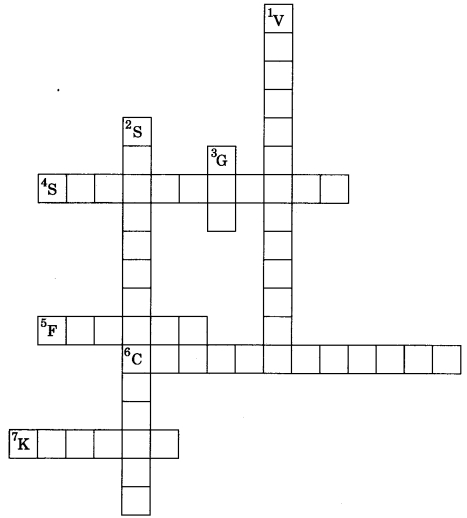Check the below NCERT MCQ Questions for Class 9 Science Chapter 1 Matter in Our Surroundings with Answers Pdf free download. MCQ Questions for Class 9 Science with Answers were prepared based on the latest exam pattern. We have Provided Matter in Our Surroundings Class 9 Science MCQs Questions with Answers to help students understand the concept very well. https://ncertmcq.com/mcq-questions-for-class-9-science-with-answers/
You can refer to NCERT Solutions for Class 9 Science Chapter 1 Light Reflection and Refraction to revise the concepts in the syllabus effectively and improve your chances of securing high marks in your board exams.
Class 9 Science Chemistry Chapter 1 MCQ With Answers
Chemistry Class 9 Chapter 1 MCQs On Matter in Our Surroundings
Matter In Our Surroundings Class 9 MCQ Question 1.
Which of the following phenomena would increase on raising the temperature?
(a) Diffusion, evaporation, compression of gases
(b) Evaporation, compression of gases, solubility
(c) Evaporation, diffusion, expansion of gases
(d) Evaporation, solubility, diffusion, compression of gases
Answer
Answer: (c) Evaporation, diffusion, expansion of gases

Class 9 Science Chapter 1 MCQ Question 2.
Seema visited a Natural Gas Compressing unit and found that the gas can be liquefied under specific conditions of temperature and pressure. While sharing her experience with friends she got confused. Help her to identify the correct set of conditions.
(a) Low temperature, low pressure
(b) High temperature, low pressure
(c) Low temperature, high pressure
(d) High temperature, high pressure
Answer
Answer: (c) Low temperature, high pressure
MCQ Questions For Class 9 Science Chapter 1 Question 3.
The property of flow is unique to fluids. Which one of the following statements is correct?
(a) Only gases behave like fluids
(b) Gases and solids behave like fluids
(c) Gases and liquids behave like fluids
(d) Only liquids are fluids
Answer
Answer: (c) Gases and liquids behave like fluids
Matter In Our Surroundings Class 9 MCQ With Answers Pdf Question 4.
During summer, water kept in an earthen pot becomes cool because of the phenomenon of
(a) diffusion
(b) transpiration
(c) osmosis
(d) evaporation
Answer
Answer: (d) evaporation
Matter In Our Surroundings MCQ Question 5.
A few substances are arranged in the increasing order of ‘forces of attraction’ between their particles. Which one of the following represents a correct arrangement?
(a) Water, air, wind
(b) Air, sugar, oil
(c) Oxygen, water, sugar
(d) Salt, juice, air
Answer
Answer: (c) Oxygen, water, sugar
Class 9 Chemistry Chapter 1 MCQ Question 6.
On converting 25°C, 38°C and 66°C to Kevlin scale, the correct sequence of temperature will be
(a) 298 K, 311 K and 339 K
(b) 298 K, 300 K and 338 K
(c) 273 K, 278 K and 543 K
(d) 298 K, 310 K and 338 K
Answer
Answer: (a) 298 K, 311 K and 339 K
Class 9 Chemistry Chapter 1 MCQ Questions With Answers Question 7.
Choose the correct statement from the following:
(a) Conversion of solid into vapour without passing through the liquid state is called vapourisation.
(b) Conversion of vapour into solid without passing through the liquid state is called sublimation.
(c) Conversion of vapour into solid without passing through the liquid state is called freezing.
(d) Conversion of solid into liquid is called sublimation.
Answer
Answer: (b) Conversion of vapour into solid without passing through the liquid state is called sublimation.
Class 9 Science Ch 1 MCQ Question 8.
The boiling points of diethyl ether, acetone and n-butyl alcohol are 35°C, 56°C and 118°C respectively. Which one of the following correctly represents their boiling points in Kelvin scale?
(a) 306 K, 329 K and 391 K
(b) 308 K, 329 K and 392 K
(c) 308 K, 329 K and 391 K
(d) 329 K, 392 K and 308 K
Answer
Answer: (c) 308 K, 329 K and 391 K
Matter In Our Surroundings Class 9 MCQ With Answers Question 9.
Which condition out of the following will increase the evaporation of water?
(a) Increase in temperature of water
(b) Decrease in temperature of water
(c) Less exposed surface area of water
(d) Adding common salt to water
Answer
Answer: (a) Increase in temperature of water
Class 9 Matter In Our Surroundings MCQ Question 10.
In which of the following conditions, the distance between the molecules of hydrogen gas would increase?
(i) Increasing pressure on hydrogen contained in a closed container
(ii) Some hydrogen gas leaking out of the container
(iii) Increasing the volume of the container of hydrogen gas
(iv) Adding more hydrogen gas to the container without increasing the volume of the container
(a) (i) and (iii)
(b) (i) and (iv)
(c) (ii) and (iii)
(d) (ii) and (iv)
Answer
Answer: (c) (ii) and (iii)
Science Class 9 Chapter 1 MCQ Question 11.
The boiling point of water at sea level is
(a) 0°C
(b) 273 K
(c) 373 K
(d) 273°C
Answer
Answer: (c) 373 K
Class 9 Chapter 1 Science MCQ Question 12.
Which of the following has the strongest interparticle forces at room temperature?
(a) Oxygen
(b) Water
(c) Bromine
(d) Iron
Answer
Answer: (d) Iron
Class 9 Science Chapter 1 MCQ Pdf Question 13.
Which of the following conditions is most favourable for converting a gas into a liquid?
(a) High pressure, low temperature
(b) Low pressure, low temperature
(c) Low pressure, high temperature
(d) High pressure, high temperature
Answer
Answer: (a) High pressure, low temperature

Ch 1 Science Class 9 MCQ Question 14.
Dry ice is
(a) water in solid state
(b) water in gaseous state
(c) CO2 in liquid state
(d) CO2 in solid state
Answer
Answer: (d) CO2 in solid state
Complete the crossword given below:
Down:
1. Process of changing water to water vapour on heating.
2. Process of changing of a liquid into solid.
3. Physical state of water at 120°C.
Across:
4. Process of changing a solid directly to gaseous state.
5. Process of changing a solid into liquid.
6. Process of changing a gas into liquid on cooling.
7. SI unit of temperature.

Answer
Answer:
Down:
1. Vapourisation
2. Solidification
3. Gas
Across:
4. Sublimation
5. Fusion
6. Condensation
7. Kelvin
Fill in the blanks:
1. Evaporation of a liquid at room temperature leads to a ………….. effect.
Answer
Answer: cooling
2. At room temperature the forces of attraction between the particles of solid substances are ………….. than those which exist in the gaseous state.
Answer
Answer: stronger
3. The arrangement of particles is less ordered in the ……………. state. However, there is no order in the ………….. state.
Answer
Answer: liquid, gaseous
4. ………… is the change of gaseous state directly to solid state without going through the ……………. state.
Answer
Answer: Sublimation, liquid
5. The phenomenon of change of a liquid into the gaseous state at any temperature below its boiling point is called ………………
Answer
Answer: evaporation
We hope the given NCERT MCQ Questions for Class 9 Science Chapter 1 Matter in Our Surroundings with Answers Pdf free download will help you. If you have any queries regarding Matter in Our Surroundings CBSE Class 9 Science MCQs Multiple Choice Questions with Answers, drop a comment below and we will get back to you soon.
Class 9 Science Chemistry MCQ:
